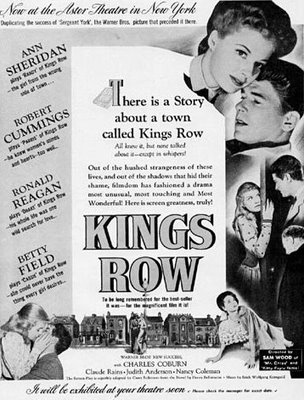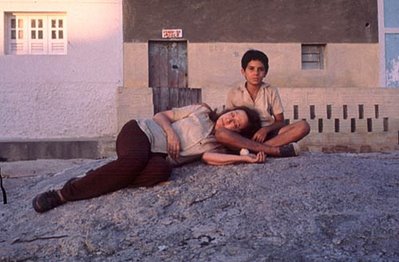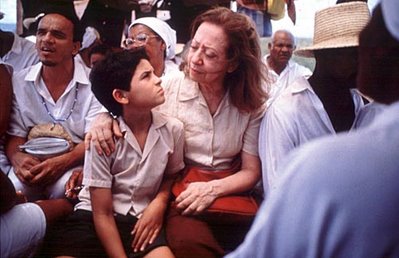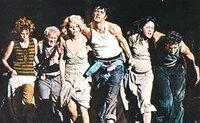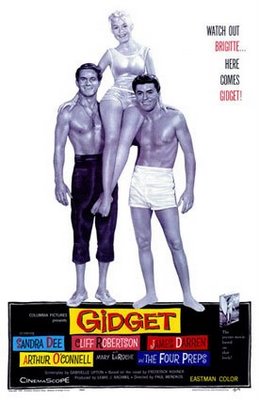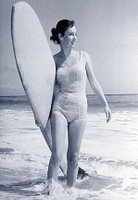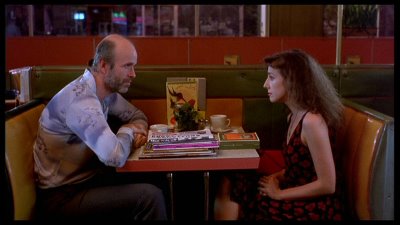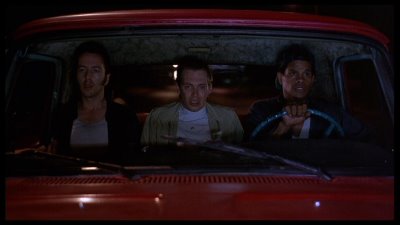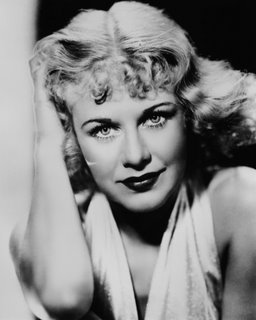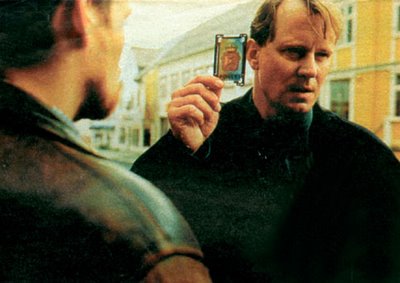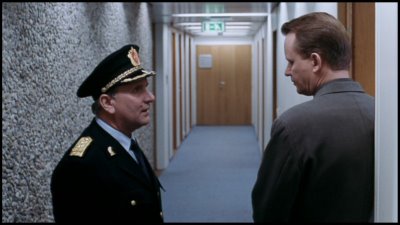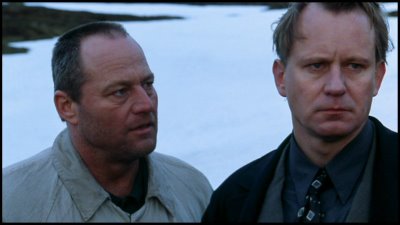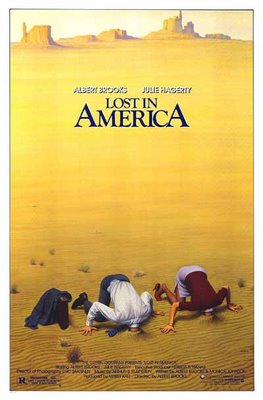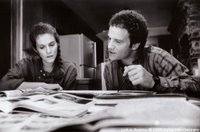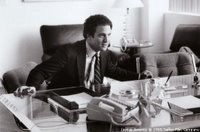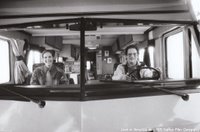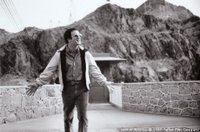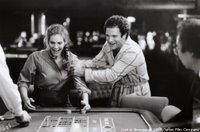 Stuart's Nite
Stuart's NiteLa-La's Salads, Cheesecake, Cookie Selection
Tom Block on Pat Garrett & Bill the Kid via Highhat:Bob Dylan "Knockin' on Heaven's Door" (Special McGari- Mix)Despite a highly talkative (and rustically profane) script by Rudolph Wurlitzer, it’s a nearly plotless movie that — at its best — communicates its points indirectly, in shadowy bits of irony that constantly redouble on each other. It’s a film almost baroque in its unevenness, with the warring blood between Peckinpah and Wurlitzer, his producers and himself leading to sundry lapses of judgment and care: a main character who’s more Rorschach test than flesh and blood; a woozy, anxious turn by an untrained leading actor; pages of overripe dialogue; downright toxic performances from a cadre of supporting players; and a Bob Dylan score that often works against the grain of what’s happening up on the screen. To cap it all off Pat Garrett & Billy the Kid was never authoritatively “finished,” with the optimal available version — the so-called “director’s cut” — still falling miserably short of a fine cut and missing a key scene to boot. As problematic Westerns go, it makes The Searchers look like a cakewalk.
Rudolph Wurlitzer built his screenplay around the happily elastic fact that Pat Garrett and Billy the Kid knew each other in some capacity before Garrett became a lawman,* but it would take a major assist from Peckinpah for a story whose foregone conclusion is its very point to take on dramatic shape, and thus solve a problem that’s led so many directors of Christ-figure epics around by the nose.
The Stations of the Cross here are splayed out across a lunar New Mexican landscape, and consist of vignettes, most of them formed as parables or mood-poems, that often end in an act of violence that redirects the principals in some way, with each reorientation bringing the two men that much closer to their final meeting. If not for its bloodletting the movie might play more like opera bouffe than existential drama: Garrett spends his time resolutely avoiding Billy’s hideout, choosing instead to share a few words with seemingly every man, woman and child in Lincoln County before he’s finally moved to finish the job.
In Pat Garrett’s world character is often revealed through inaction, leading to a movie about, in producer Gordon Carroll’s unbeatable description, “a man who doesn’t want to run … being pursued by a man who doesn’t want to catch him.”
Wurlitzer had sold the screenplay on the strength of his script for Two-Lane Blacktop, another existential scarecrow, but while his new Western was much admired, its two main characters didn’t come together until the climax. Recognizing that a more clearly defined conflict was needed, Peckinpah added the scene at the beginning in which Garrett visits the Kid at Fort Sumner and gives him five days to leave the territory. It’s a beautifully modulated exchange, rife with the undercurrents of a nettled friendship, as Garrett — mindful of the ear-shot proximity of Billy’s gang — tersely delivers his message to Billy, who, tenderly, and at times almost pathetically, tosses up reminders of their shared past.
Peckinpah also added the movie’s most inspired stroke, the stark black-and-white prologue set some 30 years in the future that shows Garrett being bushwhacked for reasons rooted in his dealings with the Kid. The sequence, completed in the editing room, is a marvel of implication, as first Billy and his gang, and then Garrett himself, are seen in 1881 firing a fusillade of bullets into the Garrett of 1909, bringing home how tightly woven the deterministic web is that binds the two men. The sequence’s visceral power comes from the interplay between the gang’s unwittingly callous by-play — “Damn near perfect” one of them opines as a slug tears out yet another chunk of the old man’s body — with the off-kilter angles and oddly-timed freeze-frames depriving Garrett of any of the majesty that graced Joel McCrea in his descent to the bottom of the frame in Ride the High Country. This brutal opening, one of Peckinpah’s finest set pieces outside of The Wild Bunch, puts its audience on instant notice that nothing pretty is coming its way.
For more on 'Bloody Sam' see our MovieNite screening of Ride the High Country (1962).










